It is not so often to meet peanuts in the suburban areas of domestic summer residents. This annual plant is quite undersized and forms yellow flowers during flowering. Most often, this member of the legume family is found in South America, which is its homeland.
Peanuts in the process forms a branched stem... Since the flowers of this plant live only one day, in some cases they die off unpolished. It is very important that after pollination the flower falls into the soil, since without this the process of fruit formation will not begin. If the flowers could not get into the soil, then over time they die.
Peanuts are one of the most famous plants, the taste of which is enjoyed not only by children, but also by adults. Peanuts can be eaten raw or processed. In the latter case, it is used as an additive to various dishes. Nutritional and beneficial properties make this crop valuable. First of all, it is worth paying attention to this vegetable for people who are trying to maintain a slim figure, since when it is consumed, a feeling of fullness quickly comes.
Large plantations for growing peanuts are the most in tropical countries... However, this plant can be harvested in our climate. Although many of us have heard about peanuts and tasted it, not everyone dares to grow it in their summer cottage.
Content
Peanut features and varieties
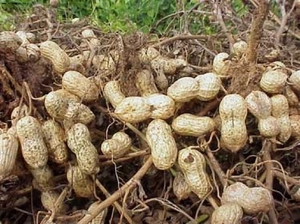 Since this plant is native to the tropics, it grows best at temperatures between 20 and 27 degrees.
Since this plant is native to the tropics, it grows best at temperatures between 20 and 27 degrees.
Many have probably heard another name for this plant - peanut. It arose because this is what peanuts are called in translation from other languages.
However, there is another, more logical reason why peanuts are called that way. The name "peanut" indicates features of its cultivation... Let us remind you once again that after pollination, the flowers should be in the ground, where the formation of a long process and its rooting begins. It is under the ground that the fruit ripens - the peanut. This has led to the fact that peanuts are also called peanuts, although they are not.
Benefits of peanuts
Many people like peanuts not only because of their pleasant taste, but also because of their beneficial properties. The beans of this plant proteins, fats and carbohydrates are present, which the human body needs so much. Peanut butter is also a valuable product because it is very rich in linoleic acid. The benefits of this substance for the body are due to its pronounced anti-sclerotic effect. Also, peanut butter contains vitamin E and most of the B vitamins, the benefits of which are known to many.
However, the options for eating peanuts are not limited to nuts and butter. It is the raw material for making delicious peanut butter. It is an excellent substitute for ordinary butter, which can be spread on bread. There are many recipes where peanut butter is the main ingredient.It is often included in their diet by people who suffer from allergic reactions. Peanut butter contains as many calories as meat, but it also has many health benefits. It contains folic acid, without which the process of regeneration of body cells is impossible.
Peanut varieties
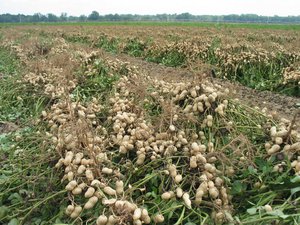 Peanuts include more than 700 different varietieshowever most of them are intended for cultivation only in the hot climate of South America. However, there are varieties among them that can be cultivated in temperate latitudes.
Peanuts include more than 700 different varietieshowever most of them are intended for cultivation only in the hot climate of South America. However, there are varieties among them that can be cultivated in temperate latitudes.
The most widespread varieties are Runner, Virginia, Spanish and Valencia. From their beans, stems grow, which can have a variety of shapes.
There are also varieties that, when grown, form shoots or bundles. In the first case, the bushes are longer. Peanut bushes, which form shoots during development, are small in height and usually creep on the ground.
- Spanish. This variety is intended for cultivation in South and partly North America. It differs from other varieties in that its beans are very rich in oil. Within this variety, independent subspecies are also distinguished: Spanish2V, Dixie, Natal, etc.
- Runner. This variety, bred for cultivation in North America, has a high yield. It produces beans that taste great and are easy to prepare. Therefore, it is not surprising that this variety has become widespread as a raw material for the manufacture of peanut butter entering the US markets. Within this variety, individual subspecies can be distinguished: Runner56-15, Virginia Bunch67, Georgia Green, etc.
- Virginia. The bushes of this variety form large fruits, which are very much in demand among confectioners. The main subspecies of this peanut variety are: Virginia-C92R, Wilson, Hull, etc.
- Valencia. This variety differs from others with large leaves. The beans are also large enough. This variety is intended for cultivation in the USA and Mexico. You can eat the fruits of this peanut only after processing - cooking. One pod contains three beans that are oval in shape.
Growing peanuts at home and in a greenhouse
One of the most common methods of growing peanuts is sowing seeds.
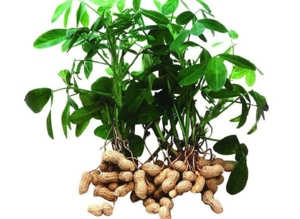 First, soaking is carried out: the seeds are placed in an epin solution. If you do everything correctly, then in the morning the bean will open slightly, and you can distinguish the spine.
First, soaking is carried out: the seeds are placed in an epin solution. If you do everything correctly, then in the morning the bean will open slightly, and you can distinguish the spine.- To create favorable conditions for the development of peanuts, it is necessary to prepare a special soil mixture, for which humus and sand are used in addition to garden soil. Peanuts grow best on loose soils where water does not stagnate.
- After waiting for the seeds to germinate, they are planted in prepared containers. When the seedlings grow up a little, they are transplanted to a permanent place.
- It is recommended to use wide containers for growing seedlings. Care must be taken that the shoots do not hang down during growth.
- If you create favorable conditions for the growth of peanuts, then you won't have to wait long for the flower to appear. It will not differ in shape from other legumes, and its usual color is orange.
- When the peanuts have faded, the fruit will begin to form. Over time, the branch with the fruits will become heavy and sink to the ground. After that, the young bean will enter the soil, where it will continue to ripen.
If a cramped container is used for peanuts, then over time this can lead to his death.
Because peanuts is an annual crop, with the end of its flowering, the bush stops growing. From this moment, the plant spends all its energy on the formation of fruits. Peanuts respond well to a sufficient amount of light, so this point must be taken into account when choosing a place to plant it. A lack of lighting leads to a slowdown in growth, as a result, its flowers will become inconspicuous, in some cases you may not even wait for the fruits.Drafts have an especially negative effect on its development. When growing peanuts, you need to ensure regular watering.
Harvesting... If all the signs indicate that the aboveground part of the bush is no longer growing, then most likely the fruits are ripe and it's time to harvest them. To do this, you need to dig a bush out of the ground and examine its roots well. Usually a number of fruits are located around them, with each bean covered with a shell.
Growing peanuts in a greenhouse is less labor intensive. In this case, the most favorable conditions are created for the seeds, but you need to pay attention to which plants the peanuts will coexist with. It is recommended to plant it next to tomatoes.
It is advisable that the plantings of peanuts are located as close to the glass as possible. Since tomatoes are undersized, they will not shade the peanut seedlings. The legumes themselves will benefit the tomatoes by supplying them extra nitrogen... However, when sowing, it is not recommended to place the tomatoes too densely.
If the peanuts grow in the greenhouse along with the tomatoes, then you will not have to regularly huddle them. You can limit yourself to just a few operations that need to be carried out in July. With the onset of September, you can choose a day for harvesting.
Growing peanuts in the beds
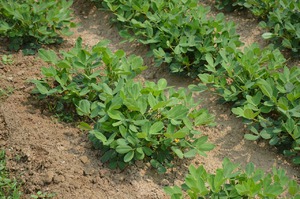 If you are going to plant peanuts in the garden, then you need to find a suitable place for it. Peanuts grow best in a well-lit area. You also need to pay attention to the color of the soil, as this also affects the color of the beans.
If you are going to plant peanuts in the garden, then you need to find a suitable place for it. Peanuts grow best in a well-lit area. You also need to pay attention to the color of the soil, as this also affects the color of the beans.
For planting use beans or pieces of it... You can use one of the following methods to grow peanuts in your garden:
- Open. Sowing seeds begins in the first weeks of spring, when the weather is warm. It is recommended for planting to choose the moment when the air temperature will be kept within 12-15 degrees. In the garden, holes are dug, staggered, in several rows. At the same time, it is necessary to maintain the required dimensions: the depth of the holes is 10 cm, the distance between the plants is 50 cm. During sowing, three beans must be put in each hole. There is no need to moisten the soil after planting. Usually it takes about one month for peanut sprouts to appear. An adult bush grows up to 25-75 cm in height;
- Growing seedlings and planting in the ground. This method will require containers filled with loose potting soil. Sowing seeds in them is carried out in early April. Keep planting on the windowsill. With the arrival of summer, when the last frosts have passed, adult seedlings are transplanted to a permanent place. When planting, seedlings must be placed in rows, adhering to the scheme: the distance between plants is 15-20 cm, between rows - 60 cm.
Conclusion
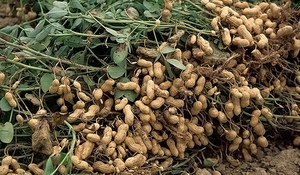 Peanuts are one of the popular crops with which almost all of us are familiar. Many people like this plant not only as an independent product, but also as part of various products, first of all, confectionery. Due to the great love for him, fans often have a desire to plant peanuts on their site. This is not such a difficult task, because today there are many varieties intended for temperate latitudes. However, this does not mean that the plant does not need to be looked after.
Peanuts are one of the popular crops with which almost all of us are familiar. Many people like this plant not only as an independent product, but also as part of various products, first of all, confectionery. Due to the great love for him, fans often have a desire to plant peanuts on their site. This is not such a difficult task, because today there are many varieties intended for temperate latitudes. However, this does not mean that the plant does not need to be looked after.
You can only get a good harvest subject to cultivation techniques... This applies to peanuts in particular, since its homeland is the subtropics, so you have to pay attention to maintaining the optimal temperature.
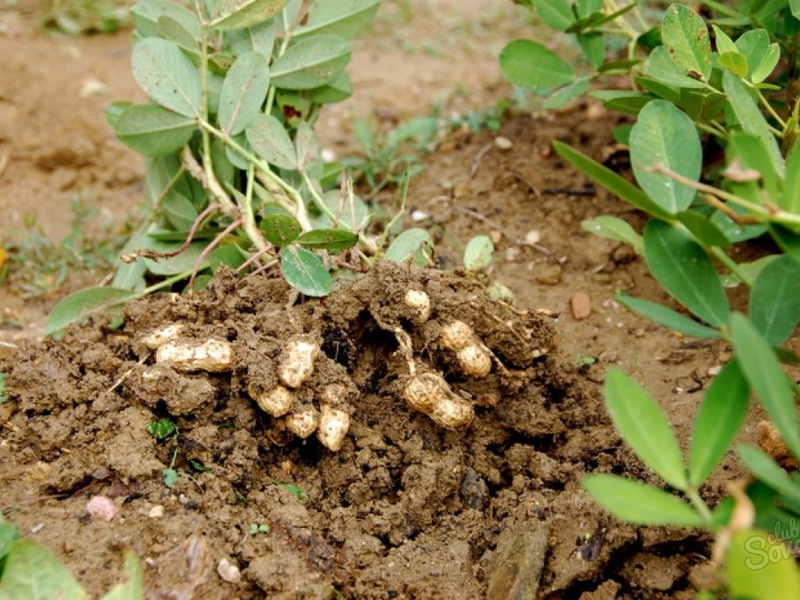
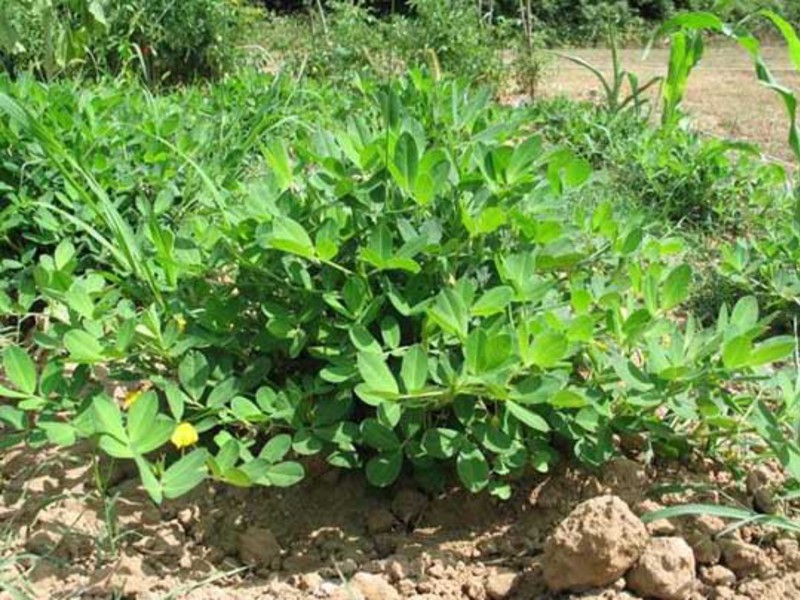



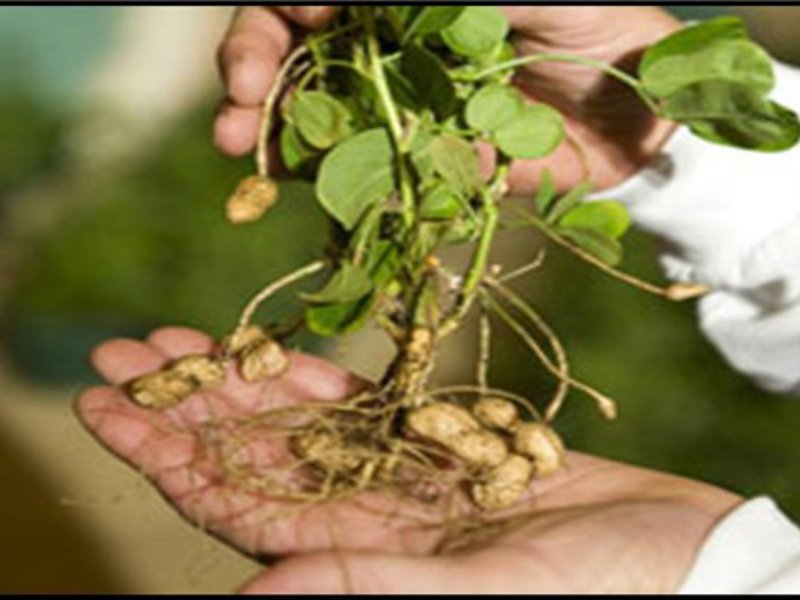
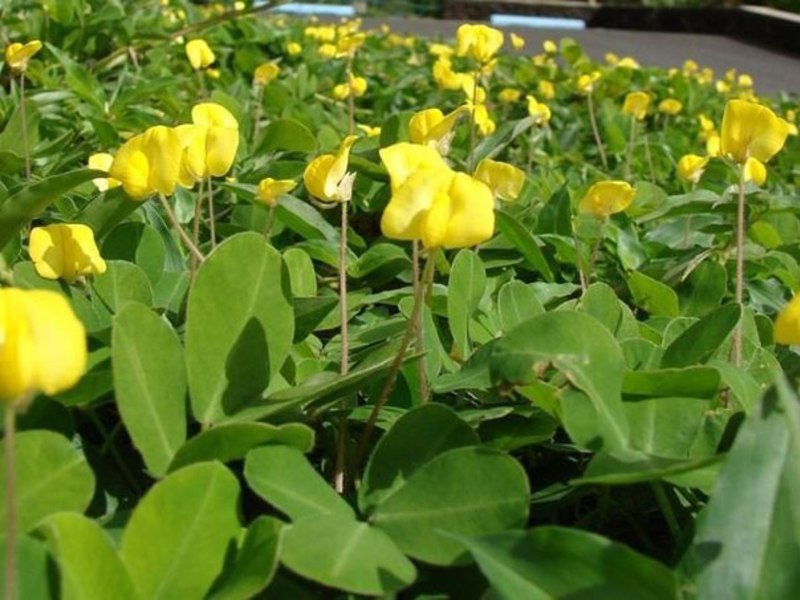
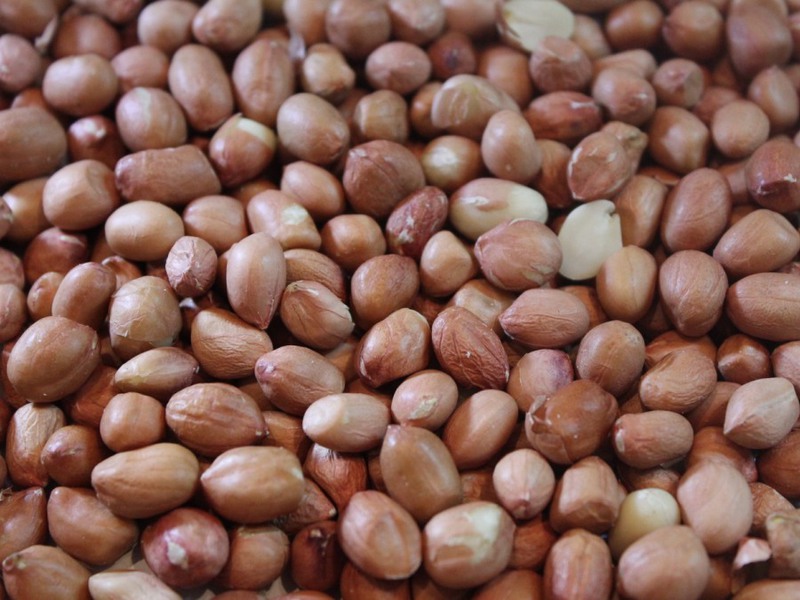
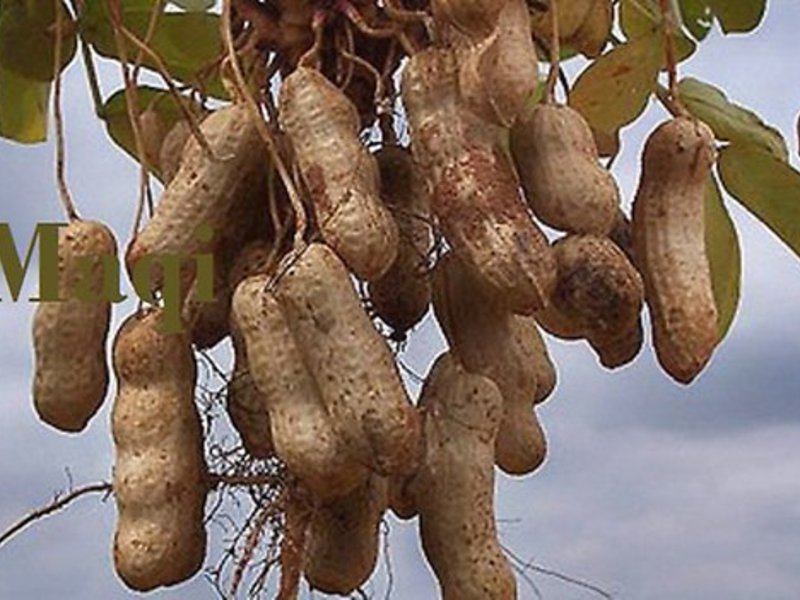
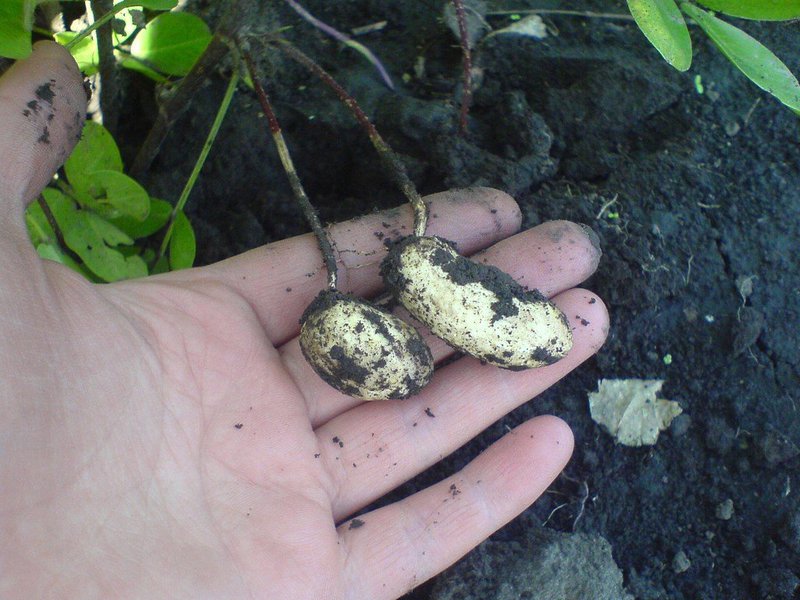
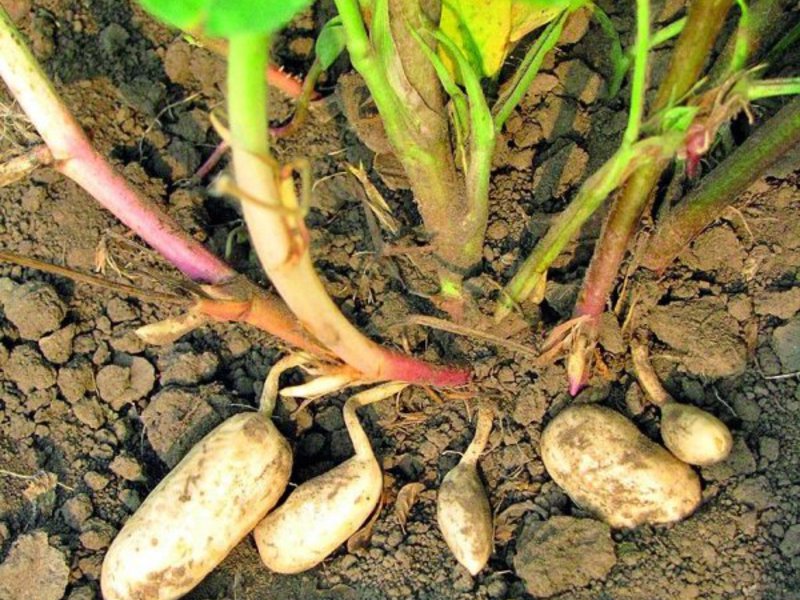
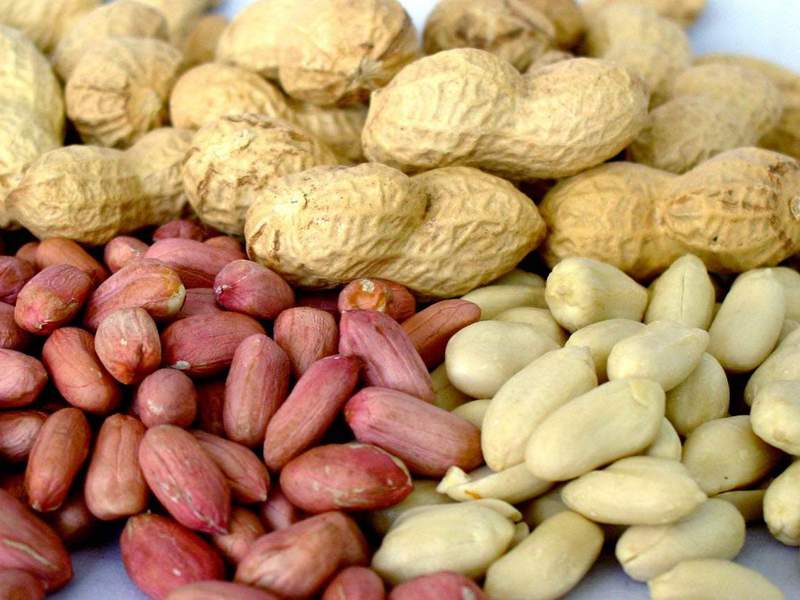
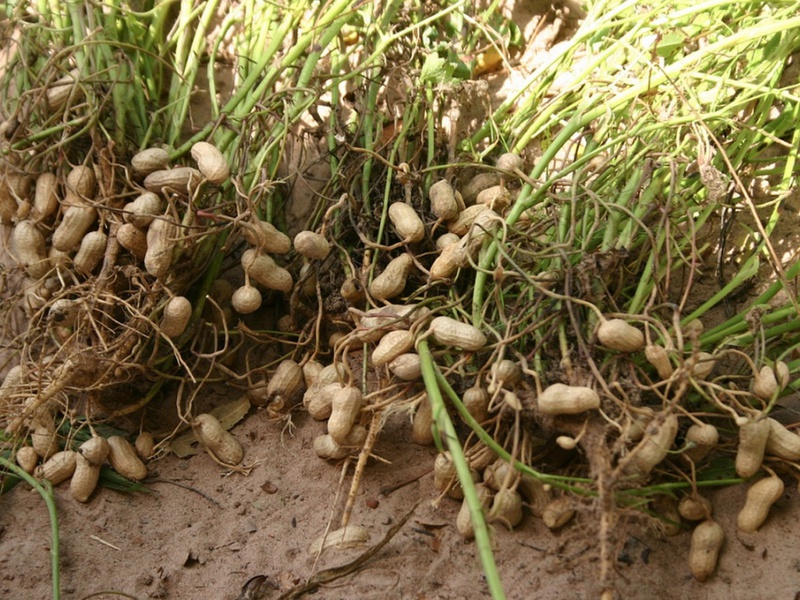
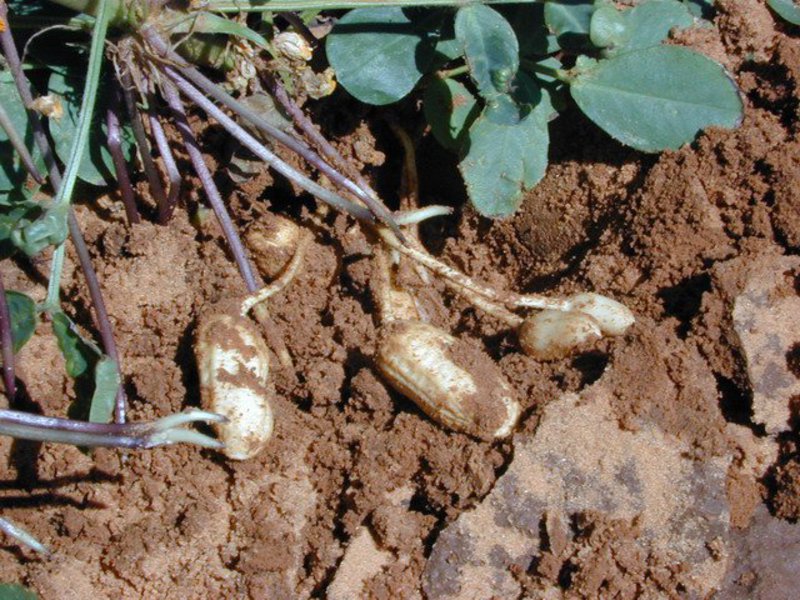
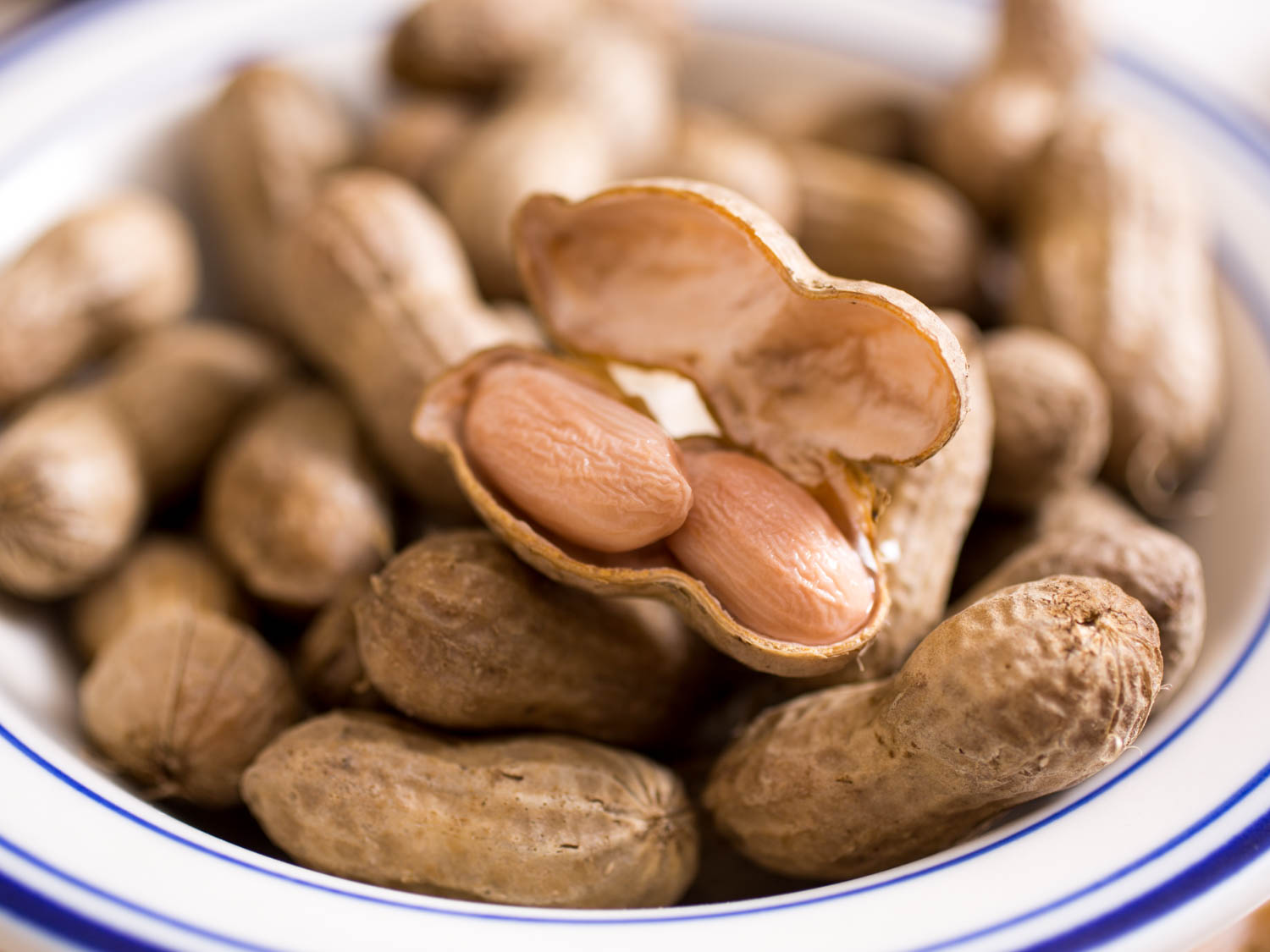

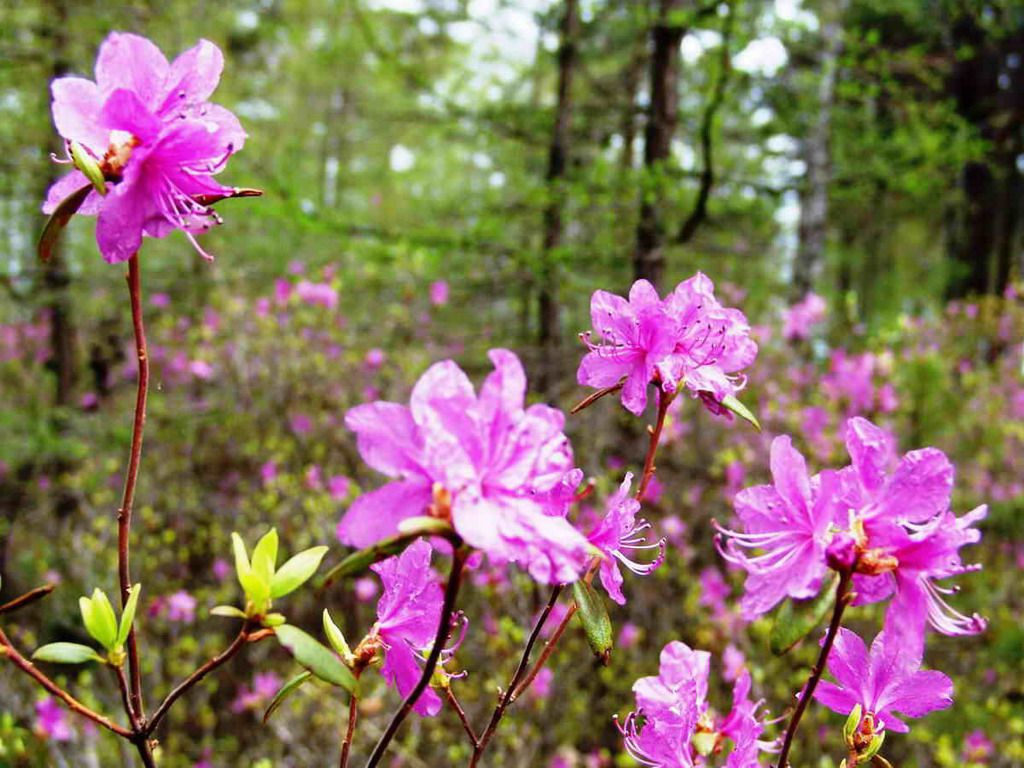
1 comment